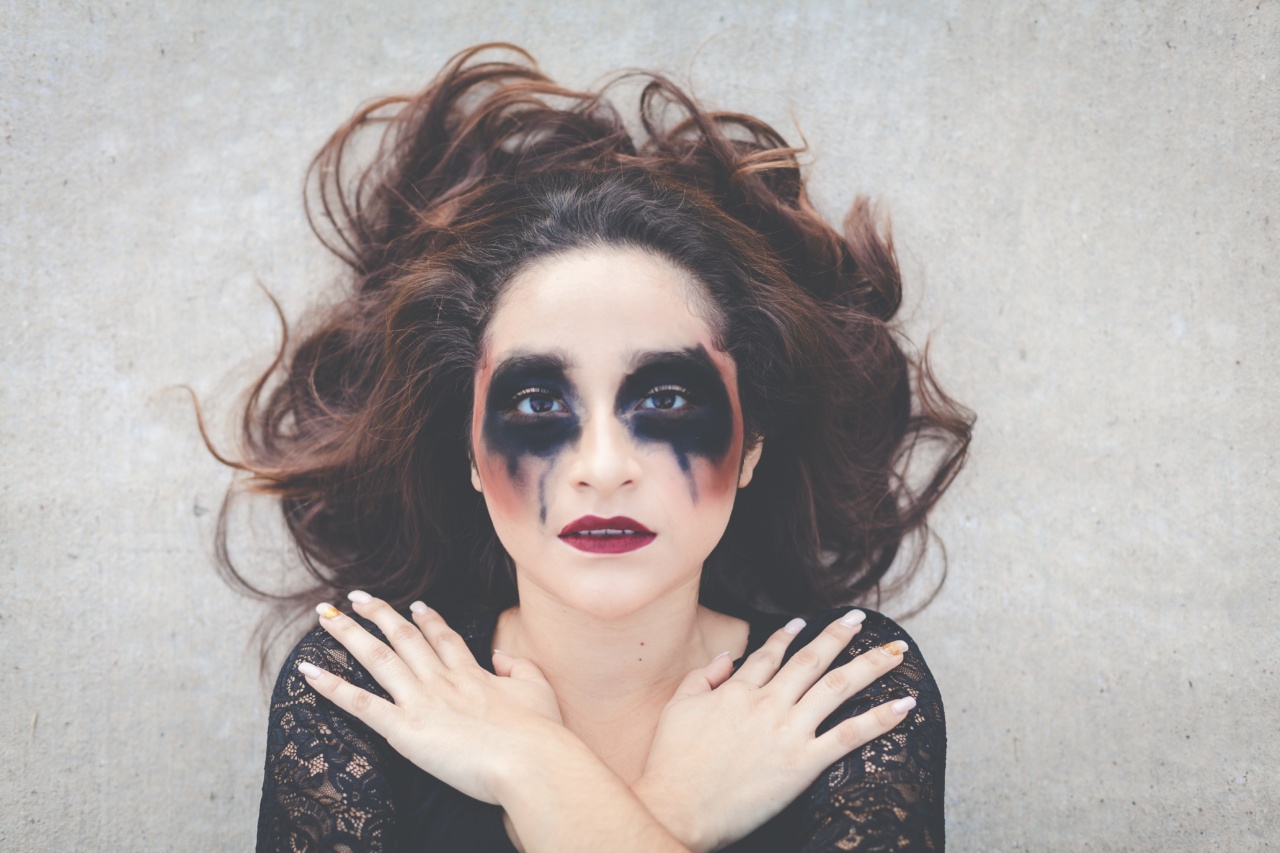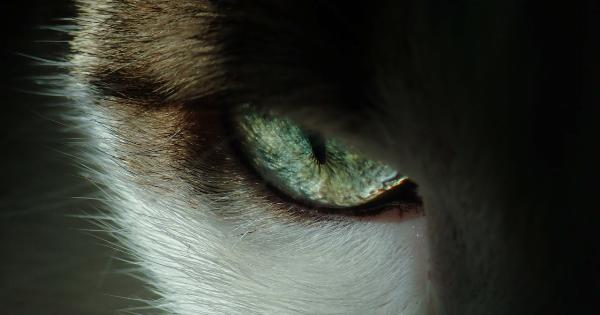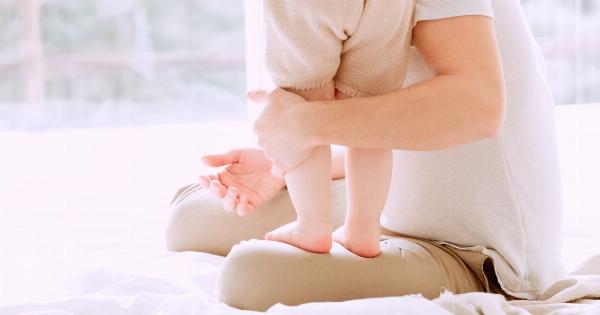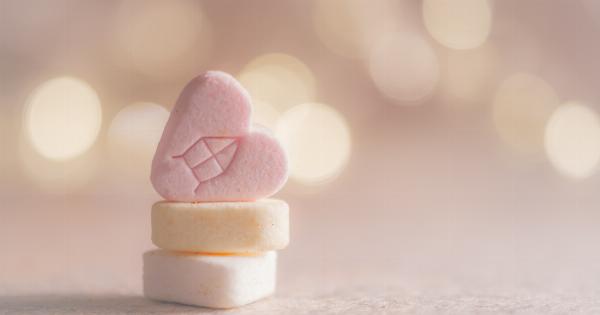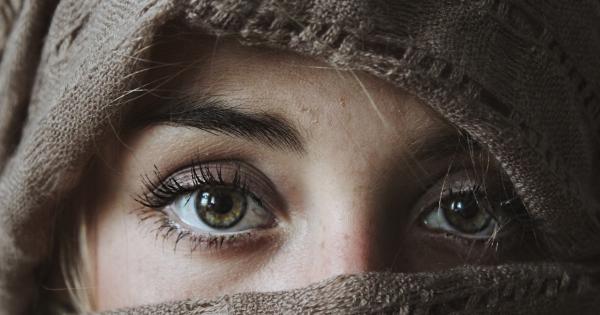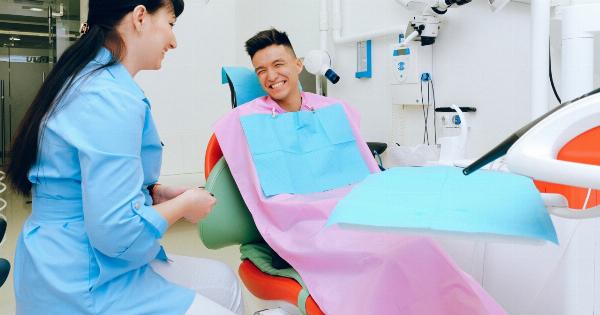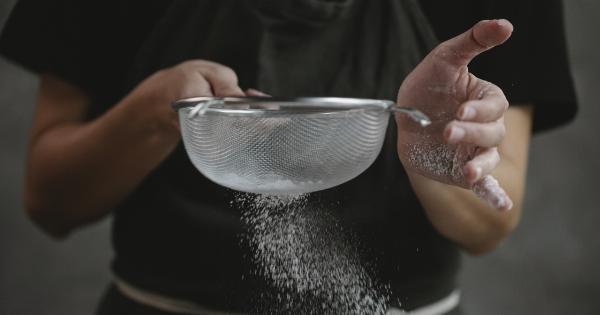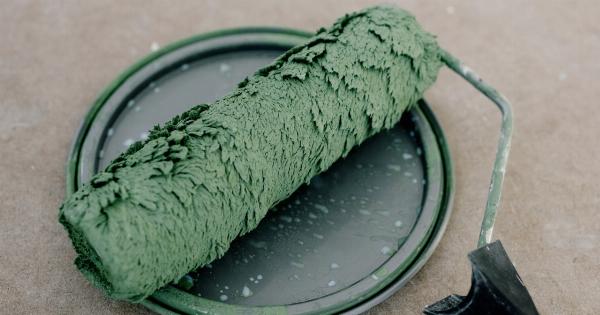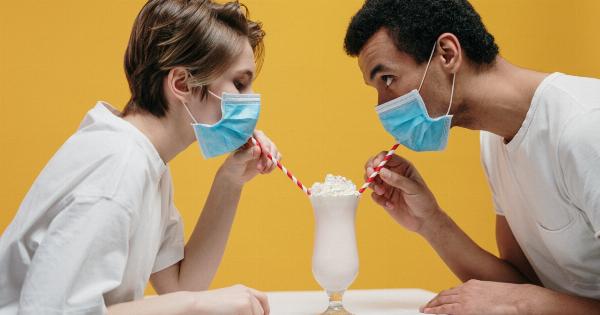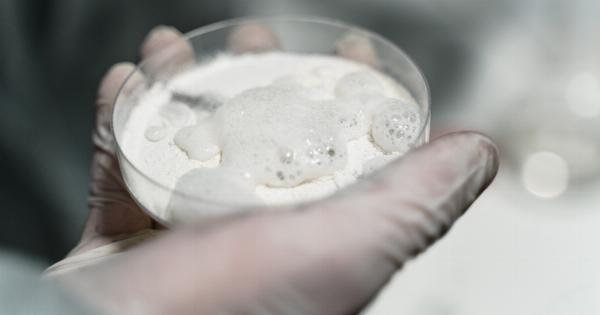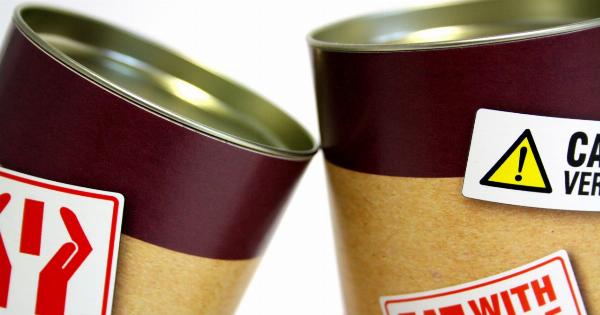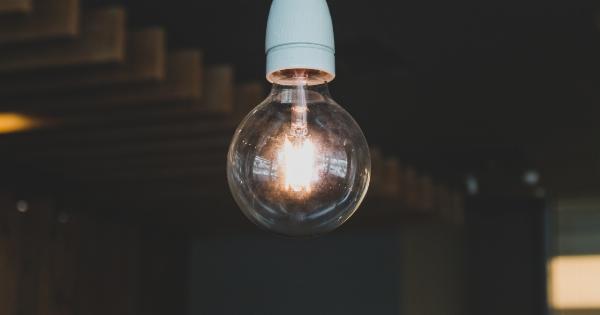During pregnancy, women often have questions about what is safe and what is not. One common concern is whether it is safe to dye your hair while pregnant.
Hair dye contains various chemicals that can potentially enter the bloodstream and affect the developing fetus. However, studies and research have provided mixed opinions on the safety of hair dye use during pregnancy.
In this article, we will explore the possible risks associated with dying your hair when pregnant and discuss the current scientific evidence surrounding this topic.
Understanding hair dye and its components
Hair dye consists of different chemicals that work together to alter the natural color of hair. The main types of hair dye include permanent, semi-permanent, and temporary dyes.
Permanent dyes typically contain the highest levels of potentially harmful chemicals.
The primary components of hair dye include:.
1. Paraphenylenediamine (PPD)
This chemical is commonly found in permanent hair dyes and is responsible for creating long-lasting color. PPD has been associated with allergic reactions and skin irritation in some individuals.
2. Ammonia
Ammonia helps to open up the hair cuticle and allows the dye to penetrate the hair shaft. It can have a strong odor and may cause eye and respiratory irritation.
3. Hydrogen peroxide
Hydrogen peroxide is used in hair dye to bleach the natural pigment of the hair and create a base for the new color. It may cause scalp irritation and dryness.
Possible risks related to hair dye use during pregnancy
As the chemicals in hair dye can potentially be absorbed through the skin or inhaled, there are concerns about their impact on the developing fetus. However, the extent of risk remains uncertain due to limited reliable studies in this area.
1. Chemical absorption.
Some studies suggest that a small amount of hair dye chemicals may be absorbed through the scalp and enter the bloodstream. However, the concentration of these chemicals is generally considered to be very low.
It is important to note that the placenta acts as a barrier and helps filter out many harmful substances, but it does not provide complete protection.
2. Allergic reactions.
Certain chemicals in hair dyes, such as PPD, have been known to cause allergic reactions.
If you have previously experienced an allergic reaction to hair dye or have sensitive skin, it is advisable to avoid using hair dye during pregnancy to prevent any potential complications.
Evaluating the scientific evidence
Scientific studies examining the potential risks of hair dye use during pregnancy have yielded conflicting results.
Some studies have suggested a possible link between hair dye use and an increased risk of certain complications, while others have found no significant association.
1. Studies indicating potential risks.
A study published in the “International Journal of Cancer” in 2005 suggested a slightly increased risk of childhood leukemia in children born to mothers who used hair dye during pregnancy.
However, the researchers acknowledged that the association was weak and stated that further research was needed to confirm these findings.
2. Studies finding no significant association.
On the other hand, a larger study published in the “British Journal of Cancer” in 2012 found no significant association between hair dye use during pregnancy and the risk of childhood brain tumors or other cancers.
The study included a larger sample size and took into account various confounding factors.
Precautions and safety measures
If you choose to dye your hair during pregnancy, consider the following precautions and safety measures:.
1. Wait until the second trimester
Some healthcare professionals may recommend waiting until the second trimester to dye your hair. By this time, the critical period of organ development is complete, reducing potential risks.
2. Opt for safer alternatives
Semi-permanent or temporary hair dyes tend to contain fewer potentially harmful chemicals, making them a safer option during pregnancy. These dyes typically do not contain ammonia and use lower levels of PPD.
3. Conduct a patch test
Before applying hair dye all over your scalp, conduct a patch test to check for any allergic reactions or sensitivity. Apply a small amount of dye to a small area of skin and wait for 24 hours to see if any adverse reactions occur.
4. Practice good ventilation
When dyeing your hair, ensure proper ventilation in the room to reduce inhalation of fumes. Open windows or use a fan to circulate air.
5. Follow the instructions
Read and follow the instructions provided with the hair dye carefully. Avoid leaving the dye on for longer than recommended and rinse thoroughly.
Conclusion
The safety of hair dye use during pregnancy remains a topic of debate and uncertainty. While there is limited evidence to suggest potential risks, the existing studies have not provided conclusive results.
If you are unsure or concerned, it is best to consult with your healthcare provider who can offer personalized advice based on your individual circumstances.
